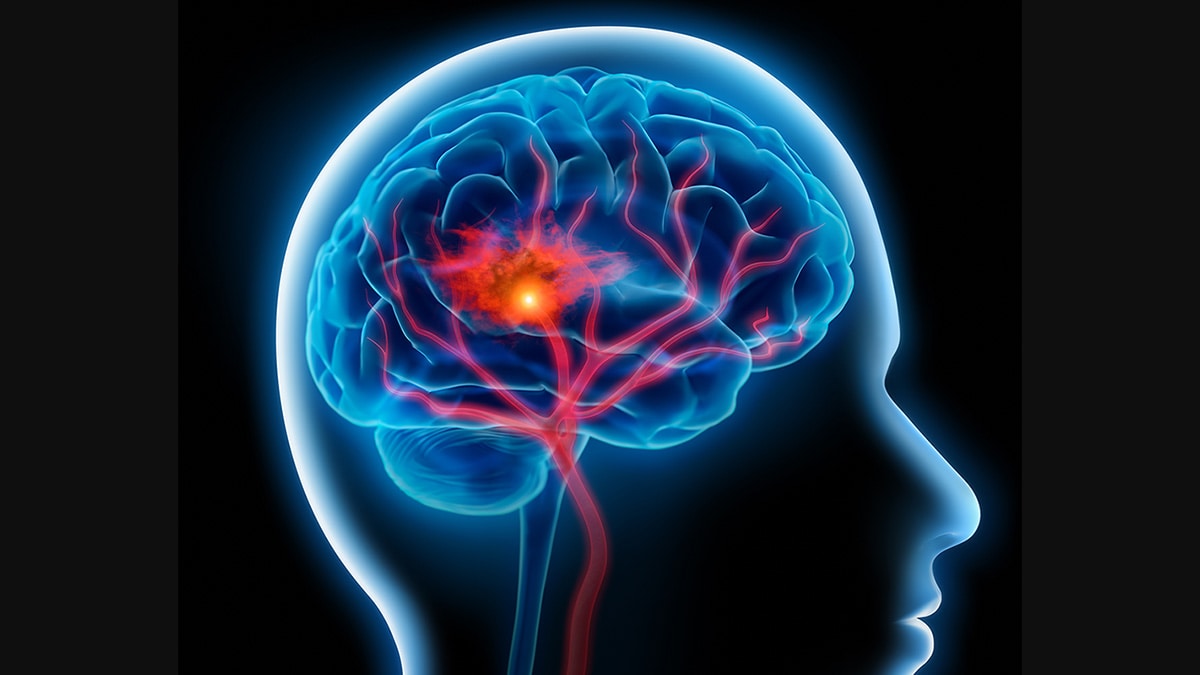At a glance
Sickle cell disease (SCD) is a group of inherited blood disorders associated with severe pain and complications that can affect the entire body. This page provides information on SCD and stroke.

Overview
A stroke can happen if sickled cells get stuck in a blood vessel and block blood flow to the brain, making it harder for the brain to get the oxygen it needs to function properly. About 10% of children with SCD will have a symptomatic stroke. A stroke is more common among people with sickle cell anemia (the most severe form of SCD).
It is recommended that children with sickle cell anemia get a special type of exam called a transcranial Doppler ultrasound (TCD) every year starting at 2 years old until they are 16 years old. A TCD can identify children who are at high risk of a stroke.
Signs and symptoms
Some signs or symptoms of a stroke include sudden:
- Numbness or weakness, especially on one side of the body
- Confusion or difficulty understanding speech
- Trouble seeing in one or both eyes
- Trouble walking, dizziness, loss of balance, or lack of coordination
- Severe headaches with no known cause
A silent stroke is a stroke that occurs without any signs or symptoms. A person who experiences a silent stroke may not be aware of their stroke and it can only be detected using an imaging test known as magnetic resonance imaging (MRI). A silent stroke can lead to brain injury.
Resources
CDC resources
Other resources
Stroke and Sickle Cell Disease | Indiana Hemophilia & Thrombosis Center
Reduce Your Risk of Stroke | U.S. Department of Health and Human Services
Stroke | National Institute of Neurological Disorders and Stroke
